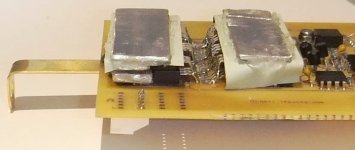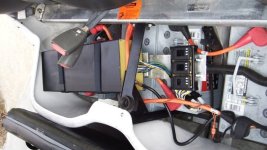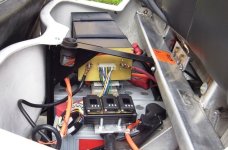MitchJi
10 MW
Hi Gary,
Thanks for the idea (bought a ZENN):
http://endless-sphere.com/forums/viewtopic.php?f=34&t=29580&p=427014#p427014
Here are some packs sold for GEM, ZENN etc. Don't like the prices but they have range estimates. About 170wh per mile which seems reasonable.
For comparison the ZENN batteries are 6 x 73 lbs = 438 lbs
Thanks for the idea (bought a ZENN):
http://endless-sphere.com/forums/viewtopic.php?f=34&t=29580&p=427014#p427014
Mitch bought the 2006 ZENN for $2,550
Here are some packs sold for GEM, ZENN etc. Don't like the prices but they have range estimates. About 170wh per mile which seems reasonable.
For comparison the ZENN batteries are 6 x 73 lbs = 438 lbs
Lithium 72v Conversion Pricing 60Ah
Kwh Capacity 4.61
Pack Weight 132.24
Range @ Installation 27
Lithium 72v Conversion Pricing - 70 Ah
Kwh Capacity 5.38
Pack Weight 123.6
Range @ Installation 31.5
Lithium 72v Conversion Pricing - 100Ah
Kwh Capacity 7.68
Pack Weight 185.28
Range @ Installation 45.00




